Rare advertising chromolithograph commissioned by the Anheuser-Busch Brewing Company of St. Louis Missouri to advertise their beer.
Commissioned by Anheuser-Busch, the noted western artist Oscar Edmund Berninghaus prepared this lively view of the American West, showing a western stage coach loaded with crates of Anheuser-Busch Beer, being attacked by 4 mounted Indians, with 2 armed guards shooting back. The scene is a typically romantacized view of the American West, as employed by the company to promote its products.
Berninghaus's artwork illustrates the adventure and danger of the 19th Century American West. The work is a fine example of the development of the "West of the Imagination" and the use of Amercan History to promote products. Anheuser-Busch was one of the major commercial advertisers to employ the allure of the American West in their advertising, most notable of which was their use of Custer's Last Fight in poster form in the 1890s.
In the early 1910s, the company commissioned native St. Louis Artist Oscar E. Berninghaus to create a series of 5 evocative images of the American West, each featuring kegs and creates of beer. The views included Westward Ho!; The Father of the Waters; A Fight for the Overland Mail, Attack on an Emigrant Train; and The Relief Train. As advertising ephemera which were not intended for long term use, the Burninghaus chromolithographs are now very rare on the market. The present example was located in a Paris Shop in November 2010, along with one other from the set.
Oscar Edmund Berninghaus (1874-1952) was born and raised in St. Louis. His father ran a lithography business, which stimulated an interest in watercolor painting. He began by sketching the St. Louis riverfront. Later he worked from tales he heard from trappers and cowboys passing through, and developed a fascination with the American Old West. Oscar attended three terms of night classes at the St. Louis School of Fine Arts, before beginning his career in the applied and commercial arts. At 16, Berninghaus joined the lithography firm of Compton and Sons. At 19, he served as an apprentice and errand boy for Woodward and Tiernan, also in St. Louis. Between his work and self-studies, Berninghaus eventually established a diversified career that ranged from the production of scenes of western life to advertise the products of the Anheuser-Busch Brewing Company (1910 to mid-1920s) and the design of pioneer subjects to decorate the Missouri State Capitol in Jefferson City, Missouri (1924), the Federal Building in Fort Scott, Kansas (1937), and the Post Office in Phoenix, Arizona (1938). However, it was easel painting and the land and Pueblo people of New Mexico which finally dominated Berninghaus's artistic career.
Berninghaus developed a reputation as an artist and in 1899, he was given a commission by the Denver and Rio Grande Railroad to produce promotional sketches of the Colorado and New Mexico landscapes. He spent a week in Taos, New Mexico, where he met and befriended Bert Phillips, who had established himself there the previous year. Berninghaus was captivated by the local Indian culture and the landscape and light of the area, and returned to Taos nearly every subsequent summer. These visits grew longer, soon turning into six-month retreats.
In 1915, he became a founding member of the Taos Society of Artists, along with his friend Bert Phillips and four other artists. He was the first (temporary) chairman of the Society. He also spent more time as secretary of the Society than any other member. He continued to reside in St. Louis until 1925, when he finally made the move to Taos. After the Society disbanded in 1927, he became active in the Taos art colony. Berninghaus was also a member of other eastern and western arts organizations, including the National Academy of Design, the Salmagundi Club, and the Society of Western Artists. He was one of the more successful members of the Taos Society of Artists, which enhanced the Society's prestige.









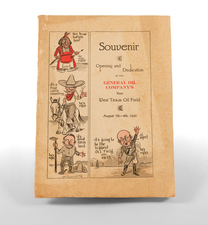
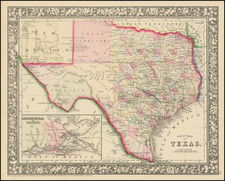
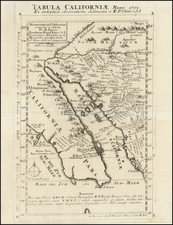
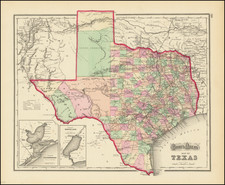
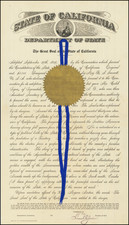
![Inauguration Dance Jan. 12th '87. View in Pueblo Laguna, New Mexico [mounted albumen print, Laguna, NM, 12 January 1887]](https://storage.googleapis.com/raremaps/img/small/78741.jpg)